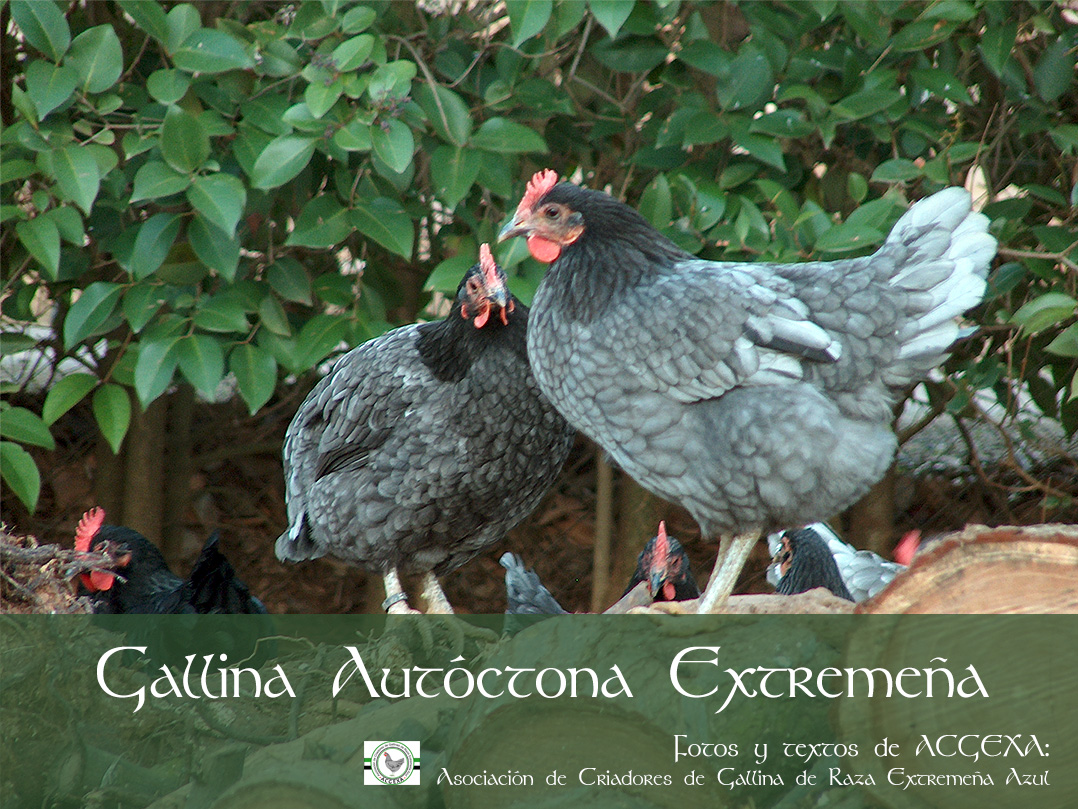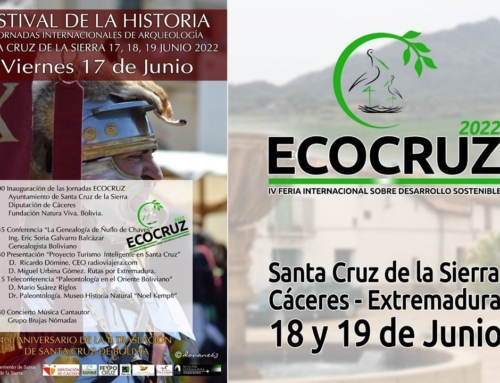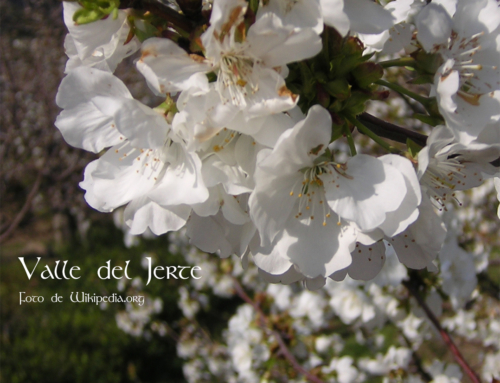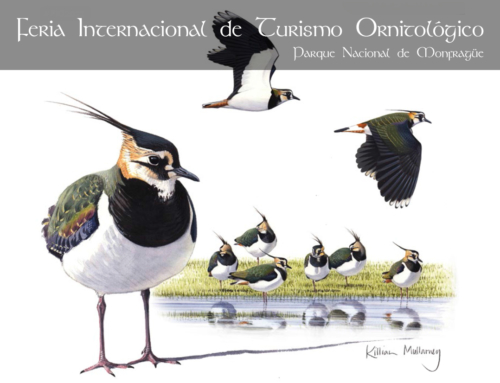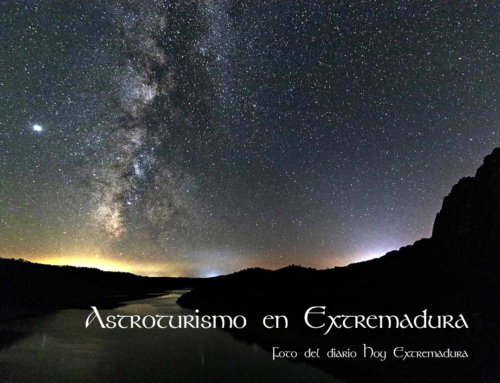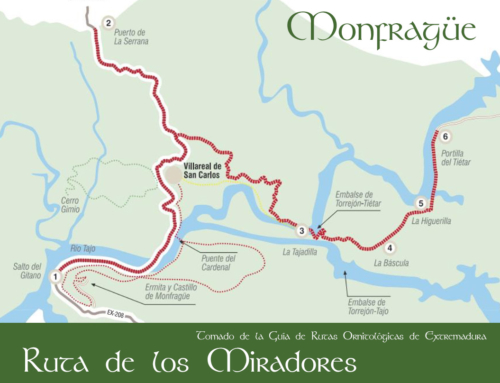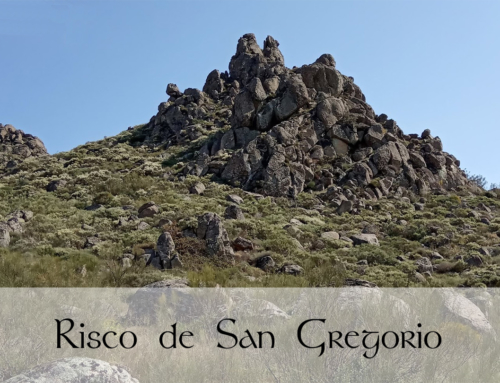The Gallina Extremeña Azul (extremenian blue hen) is an ancient breed with dual aptitude. It is currently recognized as a Native Breed in Danger of Extinction. The “Extremeña Azul” breed began to take shape as such in the 1980s. In the early 1990s, the Junta de Extremadura began a recovery program for the “Extremeña Azul” hen. This hen has traditionally been raised in freedom in farmhouses, as it has low food requirements. The hardiness of the Extremeña Azul hen is the characteristic most appreciated by poultry farmers, as evidenced by its resistance to disease, its low nutritional requirements, its ability to graze and prey, and its good maternal behavior.
Currently there is an association that cares about La Gallina Extremeña:: ACGEXA. The ASOCIACIÓN DE CRIADORES DE GALLINAS DE RAZA EXTREMEÑA AZUL (EXTREMENIAN BLUE HEN BREEDERS ASSOCIATION) was founded in 2010 and currently has 23 farms belonging to the Association.
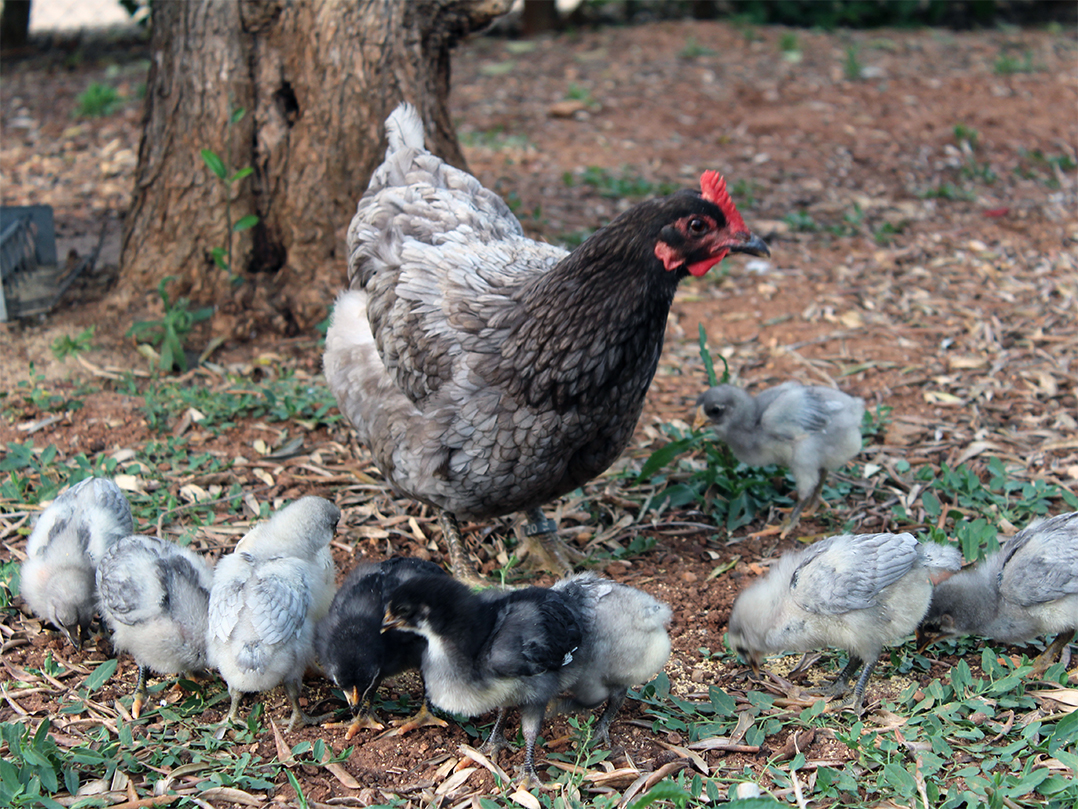
Authentic Extremaduran Blue Breed
MORPHOLOGY OF THE EXTREME RACE
General Characteristics: It has smooth feathers, a simple crest and naked tarsi. It has three varieties of plumage color: blue, dirty white and black. The distinctive morphological features are the color of the plumage of the heterozygote, that of the ears and tarsi, and also the color of the egg. The plumage is not very tight with rounded feathers. The egg is medium in size (53-63 g) and light brown in color. The weight of the adult rooster is 3 to 4 Kg and the weight of the hen is 2 to 3 Kg. The diameter of the rings for the rooster is 22 and the diameter of the rings for the hen is 20.
SPECIFIC MORPHOLOGY OF THE ROOSTER
- Head: Long and wide.
- Face: Smooth, full and bright red.
- Crest: Medium size, simple, straight and with five or six teeth; sits well on head but dewclaw is not attached but deviates slightly from neckline; bright red.
- Barbels: Not very long, smooth, somewhat rounded at the tip, and bright red.
- Ears: Medium-sized, close to the face, smooth, lanceolate and red.
- Bill: Strong, vigorous and curved at the tip, black, with a yellowish horny tip.
- Eyes: Large and rounded, reddish brown.
- Neck: Of medium length, slightly arched, and with abundant feathers on the cape that rest on the shoulders.
- Trunk: Broad, deep and quite long.
- Back: Broad, of medium length, sloping from front to back and with abundant fringes.
- Chest: Broad, deep and rounded.
- Tail: Medium-sized, well curved sickles but not too long, forming an angle of 45 degrees with the horizontal at the start.
- Abdomen: Wide and well developed.
- Wings: Well attached and close to the body.
- Thighs: Medium size, strong, well formed and straight.
- Tarsi: Rather long, thick and strong; with four strong and straight fingers. More or less intense green.
- Color of the plumage of the cape, back, shoulders, saddle, fringes: Dark and shiny slate blue.
- Color of the plumage of the wings, tail, thigh, undercolor and down: Slate blue.
- Body and breast: Slate blue with or without darker blue trim.
SPECIFIC MORPHOLOGY OF THE HEN
In general like the rooster, taking into account the differences due to sex.
- Chins: Shorter than those of the rooster and rounded.
- Ears: Medium, close to the face, smooth, lanceolate and red.
- Beak: Less curved than that of the rooster.
- Crest: Straight, simple and not too large (in some cases it can be slightly inclined to one side).
- Tail: Closed in point, forming an angle of between 35 and 45 degrees with the horizontal.
- Back: Less inclined than that of the rooster.
- Plumage color: dark slate blue on the head and neck and slate blue on the rest of the body with or without dark blue trim.
- Spur: The presence of a spur in females is accepted.
- Egg: The eggs are light brown in color. The weight of the eggs is around 60 gr.
PLUMAGE AND GRADE
In addition to the blue prototype, with or without edging, dirty white (white dotted with gray or black) and black (with green iridescence) are accepted as plumage color varieties, corresponding to homozygotes BlBl and bl bl) respectively.
The morphological qualification will be carried out by visual appreciation through a qualification by regions that will verify the adaptation of the specimen to the breed standard. As a result of this assessment, the animal will be classified as Reproductive Apt (AR) or Reproductive Unfit (NR). The qualification is made from 5 months of age. If the technician considers that the animal is not sufficiently developed to be able to assess it, a rating of “pending” is assigned, and it is repeated when it is older, and the characteristics to be assessed are well defined.
